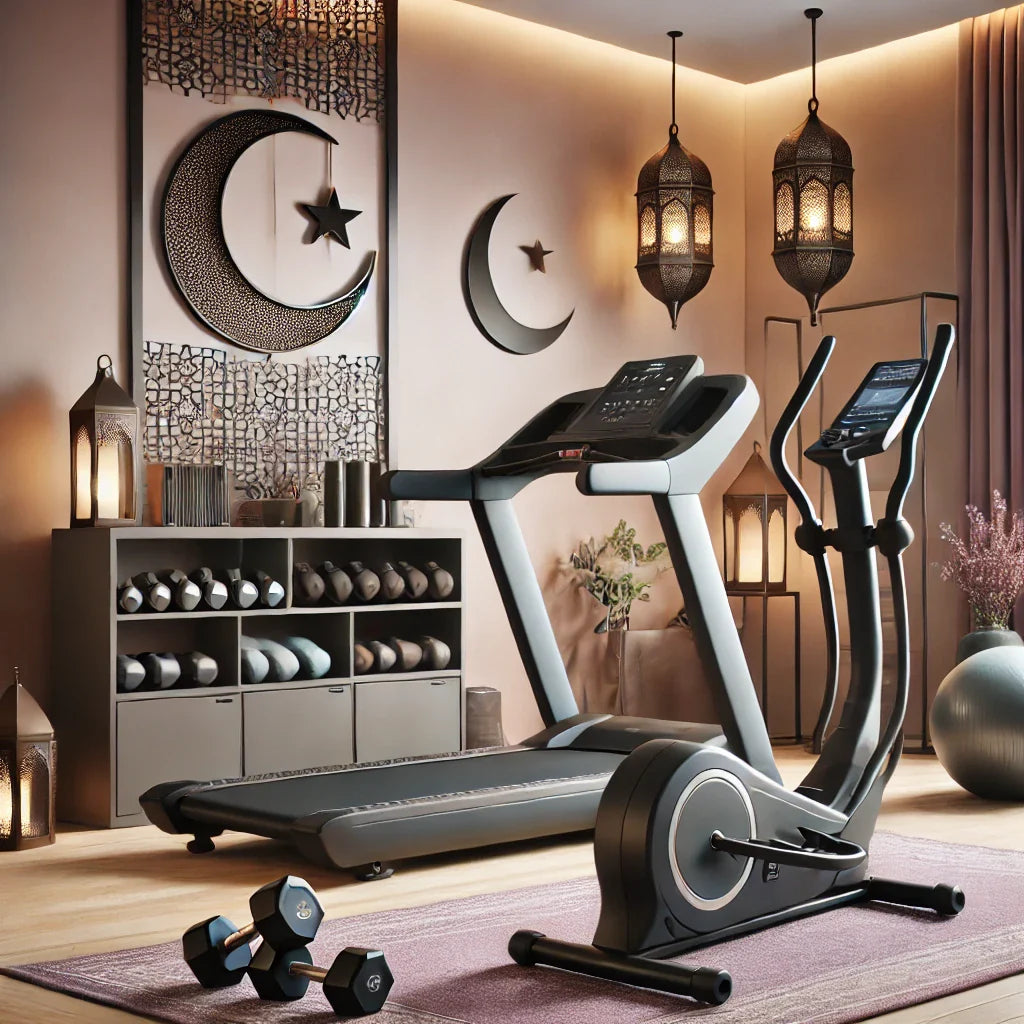Intermittent fasting (IF) refers to an eating pattern that alternates between periods of eating and fasting. Instead of focusing on what to eat, it emphasises when to eat. The most common methods include the 16:8 method (fasting for 16 hours, eating within an 8-hour window) and the 5:2 method (eating normally for five days and restricting calories for two non-consecutive days).
Research shows that intermittent fasting may support weight management, improve insulin sensitivity, and better metabolic health. By giving the digestive system a rest, IF can also reduce inflammation and enhance energy levels, which is why many individuals in Saudi Arabia are incorporating it into their fitness regimes alongside gym equipment and structured exercise routines.
The Science Behind Intermittent Fasting
Scientific studies have demonstrated that intermittent fasting can:
-
Promote fat metabolism: During fasting, the body switches from using glucose to burning fat for energy.
-
Improve heart health: Fasting may lower blood pressure, cholesterol, and triglyceride levels.
-
Boost brain function: Some research suggests it supports brain-derived neurotrophic factor (BDNF), aiding mental clarity and memory.
-
Regulate hormones: It may balance insulin and growth hormone levels, improving muscle repair and fat loss.
However, these benefits can vary widely depending on individual health status, activity level, and cultural eating habits.
Is Intermittent Fasting Safe for Everyone?
While intermittent fasting offers many benefits, it’s not suitable for everyone. Certain groups should approach it cautiously or avoid it altogether.
-
People with diabetes or blood sugar issues: Fasting can cause blood sugar fluctuations that may lead to hypoglycemia or fatigue.
-
Pregnant or breastfeeding women: These individuals need consistent nutrient intake for maternal and child health.
-
Individuals with eating disorders: Restrictive eating patterns may trigger unhealthy relationships with food.
-
Athletes and bodybuilders: Those who engage in intense workouts using gym equipments may require consistent energy supply and might find prolonged fasting periods counterproductive.
-
Children and teenagers: They are still growing and need regular nutrient intake.
Consulting a nutritionist or healthcare professional before starting intermittent fasting is always advisable, especially when combined with a rigorous workout routine.
Cultural and Religious Considerations in Saudi Arabia
In Saudi Arabia, fasting is already a significant part of Islamic culture, particularly during Ramadan. Many individuals find intermittent fasting easier to adapt to since they are familiar with structured fasting periods.
However, cultural meal patterns — such as heavy evening meals after breaking fast — can sometimes counteract fasting benefits. To make intermittent fasting safer and more effective:
-
Break your fast with light, nutrient-dense foods like dates, fruits, and soups.
-
Avoid heavy fried foods that may lead to fatigue or indigestion.
-
Stay hydrated throughout non-fasting hours.
-
Combine fasting with light physical activities, especially before or after the fasting window.
By balancing traditional practices with modern fitness approaches, individuals can achieve both cultural alignment and health optimization.
Incorporating Gym Equipment into an Intermittent Fasting Routine
Exercise remains a crucial component of wellness, even during fasting. The key is choosing the right timing and intensity. When combined with the right gym equipments in Saudi Arabia, workouts can help maintain muscle mass, enhance metabolism, and support mental clarity.
Here are a few effective exercises and the equipment to use:
-
Treadmill Walking or Light Jogging
-
Ideal before breaking the fast.
-
Supports fat burning while preserving muscle mass.
-
Available in most fitness stores and home gym equipments sections in Saudi Arabia.
-
-
Elliptical Trainer
-
A low-impact cardio machine perfect for joint-friendly exercise.
-
Helps maintain stamina and circulation during fasting hours.
-
-
Adjustable Dumbbells
-
Perfect for short strength sessions during eating windows.
-
Exercises: bicep curls, shoulder presses, and squats.
-
Compact and suitable for home use.
-
-
Resistance Bands
-
Excellent for mobility and toning during fasting periods.
-
Can be used for arm stretches, glute bridges, and core workouts.
-
-
Exercise Bike
-
Great for gentle cardio in the early morning or before iftar.
-
Helps enhance endurance and cardiovascular fitness without overexertion.
-
Adding these gym equipments to your daily schedule ensures your body remains active and toned while benefiting from the metabolic advantages of fasting.
Tips for Safe Fasting and Exercise
-
Listen to your body: Stop immediately if you feel dizzy, weak, or dehydrated.
-
Stay hydrated: Drink plenty of water during non-fasting hours.
-
Time your workouts: The best time to train is before breaking the fast or 1–2 hours after eating.
-
Balance nutrition: Focus on high-protein meals with whole grains, fruits, and vegetables.
-
Rest adequately: Sleep helps your body recover during fasting and exercise cycles.
Conclusion: Finding the Balance
Intermittent fasting can be a powerful wellness tool when done correctly and combined with consistent physical activity using gym equipments in Saudi Arabia or home gym equipments. However, it’s not a one-size-fits-all approach. Everyone’s body responds differently to fasting schedules and exercise intensity.
By being mindful of cultural habits, nutritional needs, and physical capacity, individuals can make intermittent fasting both safe and effective — supporting long-term health, fitness, and mental clarity.

